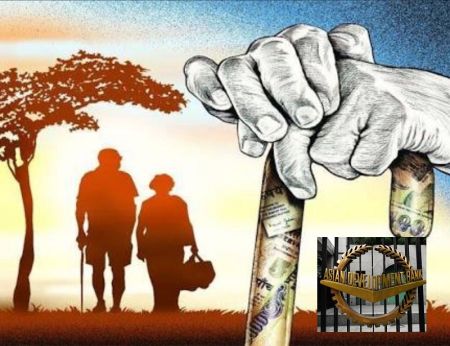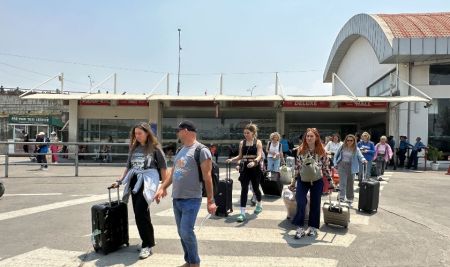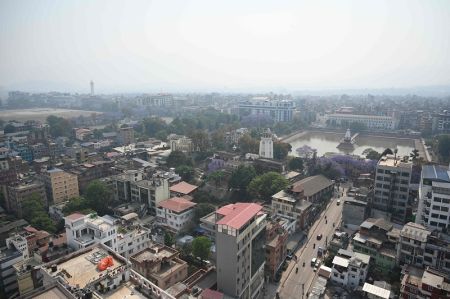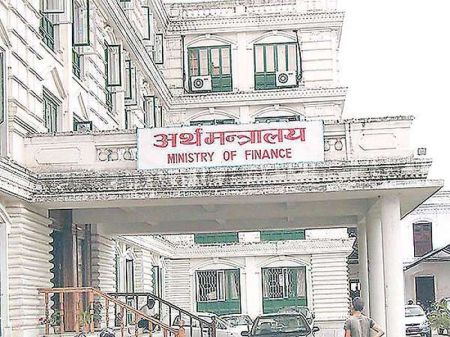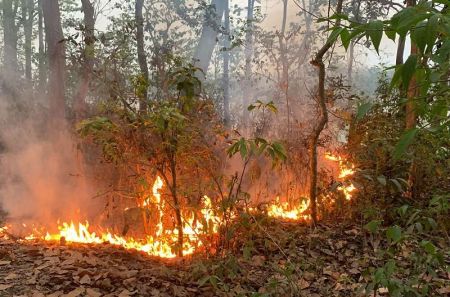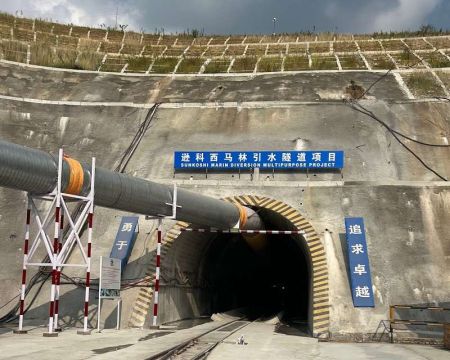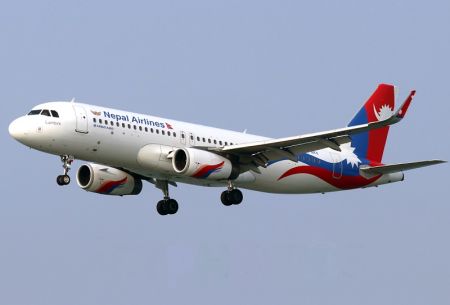
What is the size of the aviation insurance market in Nepal?
The total size of the aviation insurance market of the domestic private sector in Nepal is around USD 8.5 -9 million.
What about your company’s stake in the market?
We have around 70-75% market share.
Is it true that the insurance companies have not been able to make profits from the aviation insurance? Why?
Aviation Insurance in Nepal has been a loss making portfolio for all the insurers involved. This has been because of the losses in the last couple of years. Nepal is being taken as a high risk zone for aviation insurance.
It is said that some insurance companies are trying to form a pool to collectively handle the aviation insurance claims. What is the latest progress in this regard?
It is a very good concept. Reinsurance companies support about 99.5 per cent insurance and only 0.5% is handled by the local insurance companies. The main idea behind forming this pool is to take the advantage of the volume and also to get quality reinsurers so that losses get paid in a timely manner and also to have standardization in all the policies. This can also help in some investment in safety features.
How is this pool going to help the insurance companies, if and when it is formed?
It is still in the planning process. Insurance companies and operators have to come together with full support from the regulators before such a pool can be formed.
What future do you see for aviation insurance business in Nepal?
Sky is the limit for aviation insurance in Nepal. The only thing is that safety factors have to be improved. Nepal’s aviation sector is classified as the highest risk zone for reinsurers. We want to see Nepal as a safe destination. When a pool of insurers is going to own the overall aviation insurance, more responsibility shall be felt. Risk management is very important.
Almost whatever the insurance companies earn from the aviation segment goes to the reinsurance companies abroad. Some are even said to be making losses in the aviation segment. It is said that the companies know that they are not going to make profits from the aviation segment. But they do aviation insurance just to show high insurance premium collection is. What do you say?
We are not sending money, we are transferring risk. The reason that the companies are still in profit is because the money is flowing in from the reinsurers abroad. Since they agreed to take the risk, they bear the losses as well. But after eight consecutive years of losses, they are getting scared. Some of the reinsurers have already withdrawn from the Nepali aviation market.
How can we lower the high insurance premium?
It will take time. It is important to win the confidence of the reinsurers and prove that Nepal’s aviation sector is a safe zone for investment. This can be done only by reducing the losses. Fear is a very dangerous thing. Our terrains are difficult, which has sent a wrong perception. Similarly, loss is also a perception and this can be changed. All we need is 2 to 3 years of good loss ratio.
What do you expect from the Beema Samiti or the government for that matter to facilitate the aviation insurance business in the country?
It would be great if the Beema Samiti would help in the process of making an Aviation Pool. Active participation and support is required from them and the Civil Aviation Authority of Nepal (CAAN), especially on the safety side. This should not be only on papers but also in practice.
What are the key challenges and issues facing the aviation insurance industry in Nepal?
CAAN has to take the lead role. CAAN and the private airline operators should be more alert. There should be an improvement in monitoring flight data, safety infrastructure etc. For example, many airports in Nepal are not black-topped. When the weather is bad, flights should be aborted and airports should be closed. Individual behavior should be monitored by the operators. We also need to invest in training and skill development of the people involved in the aviation business.
The annual claims payout in the aviation section has been constantly rising. This is bound to further increase the already significantly high aviation insurance premium. How are we going to tackle this problem?
There should be a considerable investment in safety measures. I feel that the only way out now is to produce good results for the reinsurers. Losses do happen but the frequency of losses in our country is high. If we go jointly, I feel that this will be a good beginning and we can produce significant results.
There are various types of aviation insurance policies in the world. Are all of them available in Nepal?
Three basic types of aviation products are available in Nepal. These are basically for Hull, Liability including Passengers and Crew Personnel Accident and Hull War. Hull insurance covers the insurance of aircraft. Till last year, Combined Single Limit Liability insurance required was USD 60 million per aircraft which has now been revised. Hull War insurance is used in case of war, hijacking etc.
The country’s first-ever aviation insurance summit was organized in the capital recently. How helpful was this summit?
Reinsurers came to the market and studied it. Their perception has changed. We took them to see our infrastructures including a mountain flight and had discussions on the current issues of the aviation market. We are trying our best to boost the reinsurers’ confidence. We feel that the summit has helped to bring some positive change in their risk perception of our country.







